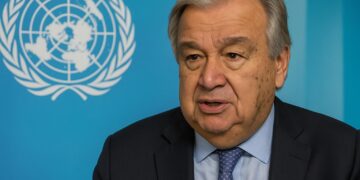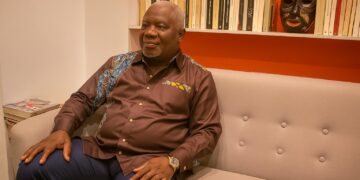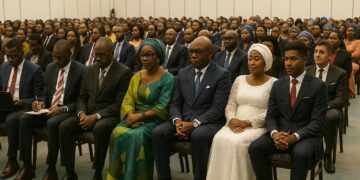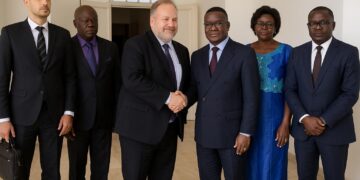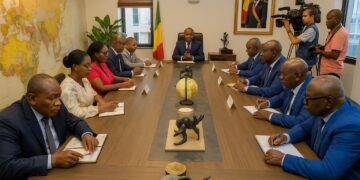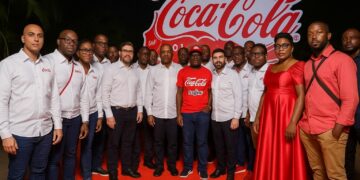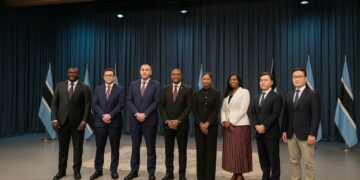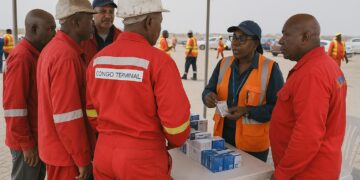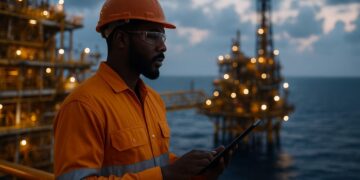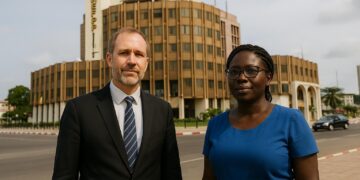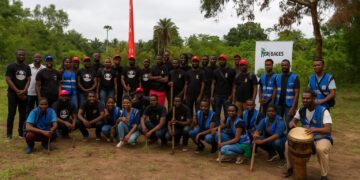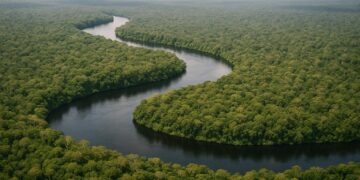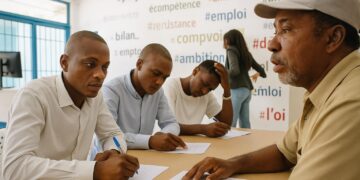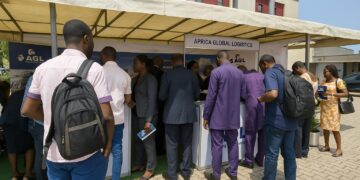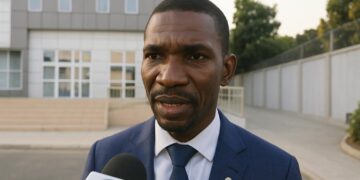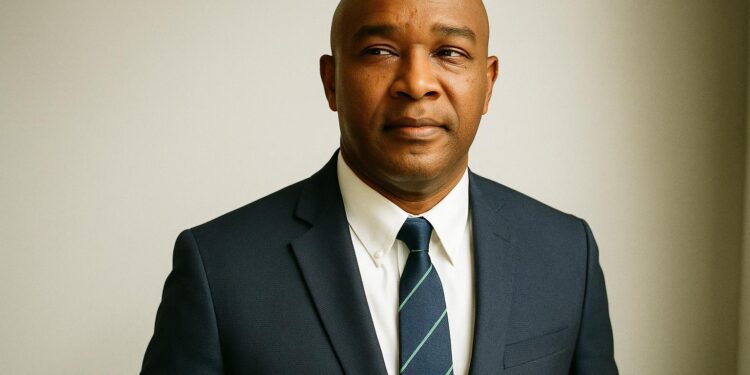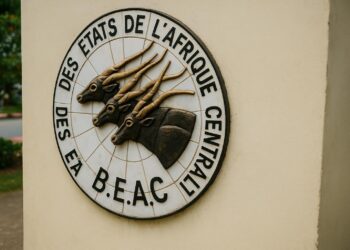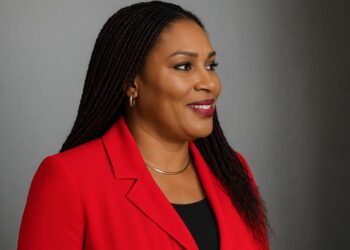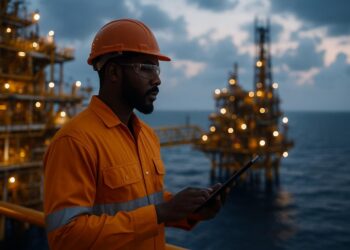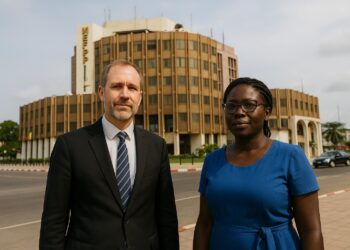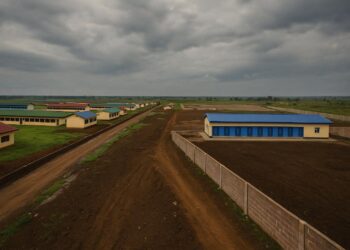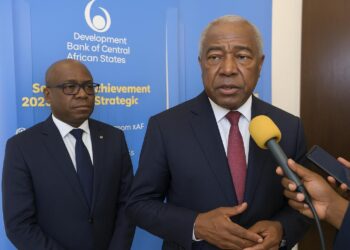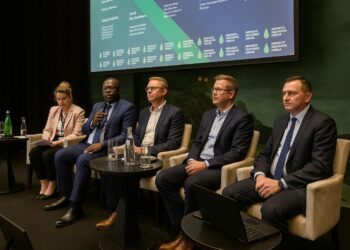Leadership change sets a new tone
The election of Philip Mshelbila, Chief Executive of Nigeria LNG Limited, as Secretary General of the Gas Exporting Countries Forum (GECF) signals a generational shift in global gas diplomacy. He succeeds Algerian veteran Mohamed Hamel, continuing an African stewardship that started in 2022.
Speaking after the closed-door vote in Doha, Mshelbila pledged to deepen dialogue among producers, consumers and technology providers, emphasising that “gas will remain a cornerstone of a balanced energy transition.” His three-year mandate begins in January and coincides with a tight international LNG market.
The GECF groups 12 full members holding roughly two-thirds of proven gas reserves. While not a cartel, the forum provides a channel for aligning positions on pricing frameworks, investment barriers and decarbonisation pathways—issues becoming more politically sensitive following recent price volatility in Europe and Asia.
Africa’s seat at the top table
That two successive Africans chair the secretariat underscores the continent’s strategic weight. According to the African Energy Chamber, Africa could supply 14 % of seaborne LNG by 2030 if planned trains are delivered on schedule, reinforcing political arguments for gas as both transition and development fuel.
Executive Chairman NJ Ayuk welcomed the handover, noting that Mshelbila would “champion equitable investment flows” and ensure that expansion projects in Mauritania, Mozambique, Angola and the Republic of Congo remain visible to international lenders. His statement echoed previous calls for risk-adjusted financing tools.
Nigeria readies a bigger LNG wave
For Nigeria, the appointment is timely. The seventh liquefaction train at Bonny Island is 70 % constructed and expected in service by 2025, lifting nameplate capacity from 22 to 30 million tonnes per annum. NNPC officials say commercial tenders for offtake are already oversubscribed.
Domestic policy also aligns with Mshelbila’s new diplomatic remit. Abuja’s Decade of Gas programme offers tax holidays, midstream tariffs and accelerated depreciation schedules designed to crowd in private capital. Progress on the 614-kilometre Ajaokuta–Kaduna–Kano pipeline illustrates how federal guarantees can derisk inland infrastructure.
Established exporters scale up output
North Africa is equally active. Algeria’s Sonatrach targets output of 200 billion cubic metres by 2030 through brownfield compression and new fields in the Berkine Basin. In neighbouring Libya, National Oil Corporation is reviving the Structures A and E clusters, eyeing incremental sales into Italy’s regas terminals.
Further south, Angola’s New Gas Consortium, operated by Azule Energy, will feed the under-utilised Soyo LNG plant from 2025. The FID followed the country’s first commercial gas discovery in Block 1/14, signalling a pivot from associated flare reduction to standalone field monetisation.
Newcomers accelerate project delivery
New producers are preparing to load their inaugural cargoes. Phase 1 of Greater Tortue Ahmeyim, straddling Senegal and Mauritania, is mechanically complete and will ship 2.3 million tonnes annually once the floating Hub Terminal moors later this year, with a Phase 2 expansion already sanctioned.
Mozambique’s Rovuma Basin remains the largest untapped prize. The Coral Sul floating plant has been exporting since 2022, but the 13-million-tonne Mozambique LNG train led by TotalEnergies and the even larger ExxonMobil Rovuma scheme could propel the country into the global top five once sanctioned.
Congo-Brazzaville ramps up LNG strategy
Closer to Central Africa, the Republic of Congo entered the LNG league in 2024. Phase 1 of Congo LNG, using a modular floating unit, produces 600 000 tonnes per annum. Phase 2, due in 2025, will quintuple capacity and open scope for regional gas-to-power trade.
Brazzaville’s upstream incentives, including a revised Hydrocarbons Code and cost-recovery ceiling of 55 %, attracted Eni and local partner SNPC to fast-track the project. Government officials argue that LNG exports will finance domestic grid upgrades while preserving fiscal stability through a ring-fenced sovereign account at BEAC.
Frontier plays seek financing
Exploration headlines now come from unexpected places. In land-locked Zimbabwe, Invictus Energy logged gas shows at the Mukuyu-2 well in the Cabora Bassa Basin, prompting feasibility work on a mini-LNG concept for industrial offtakers. Tanzania is simultaneously negotiating host-government terms for a US$42 billion Lindi terminal.
Analysts caution that frontier projects face higher payback hurdles, yet rising European demand for non-Russian molecules strengthens their commercial logic. Benchmark European Title Transfer Facility prices remain above US$10 per million British thermal units, a level that supports long-distance supply chains even after shipping and liquefaction costs.
What investors will monitor next
Under Mshelbila, the GECF is expected to intensify outreach with multilaterals on methane reduction funding and taxonomy alignment, themes vital for unlocking concessional capital. Investors will watch whether the secretariat can harmonise environmental reporting across member states, reduce contract negotiation times and accelerate final investment decisions.
For African governments, the overarching challenge remains balancing export revenue with domestic utilisation. Success stories from Egypt’s fertilizer corridor and Morocco’s gas-to-chemicals model show that integrated planning can shield economies from commodity cycles. Mshelbila’s tenure could provide the diplomatic cover needed to replicate such outcomes continent-wide.




